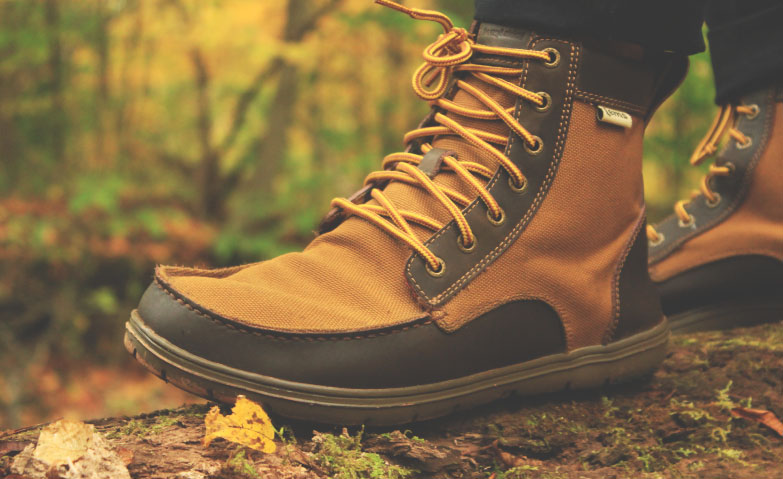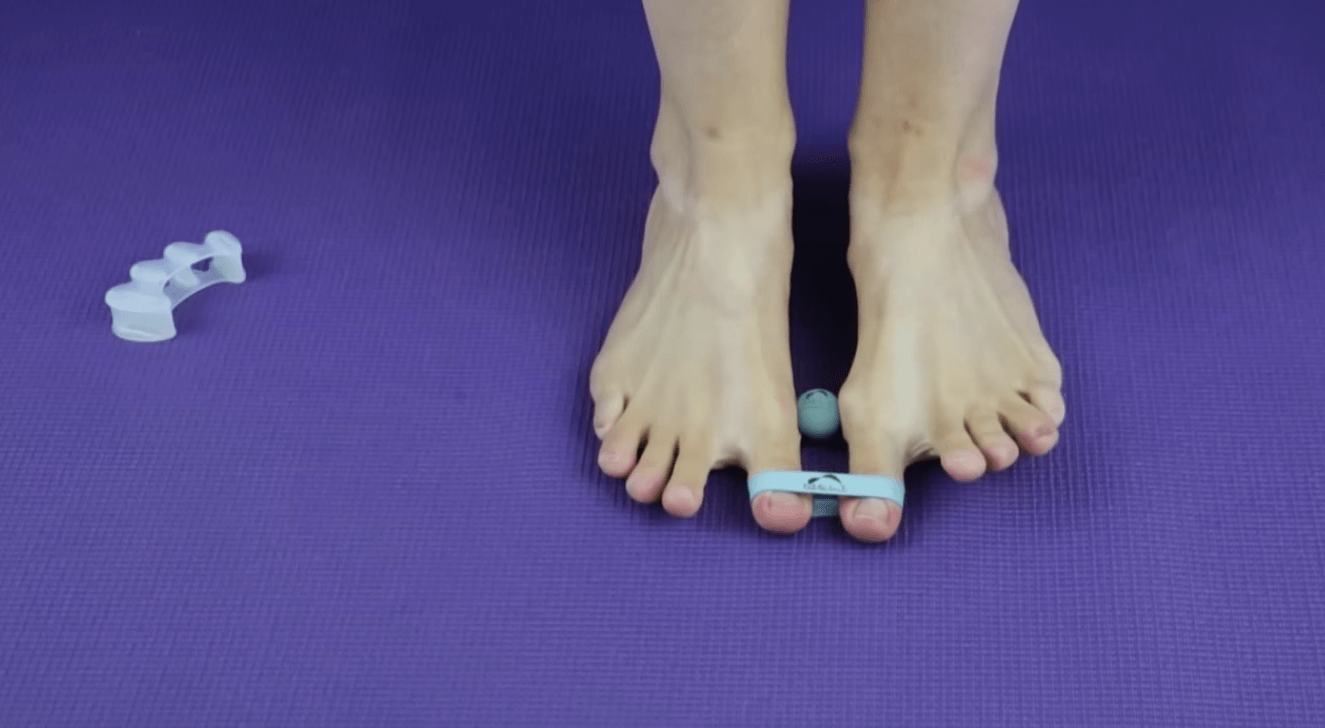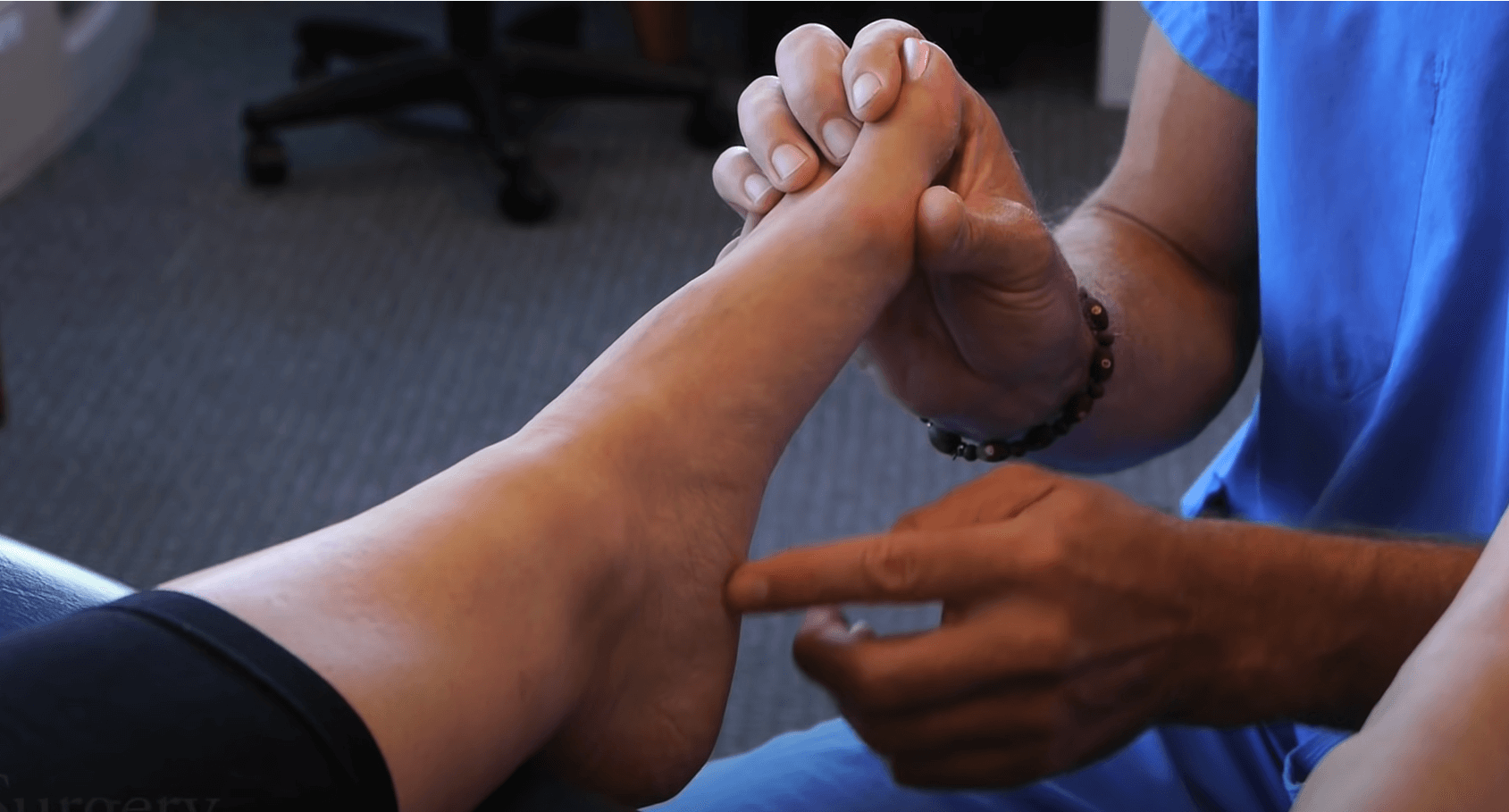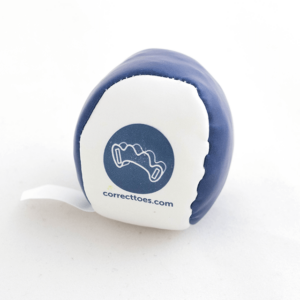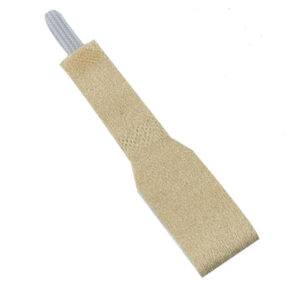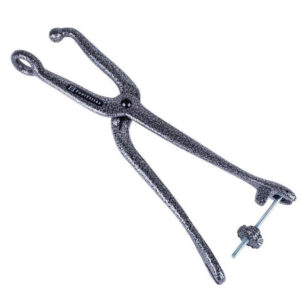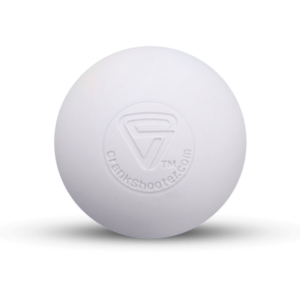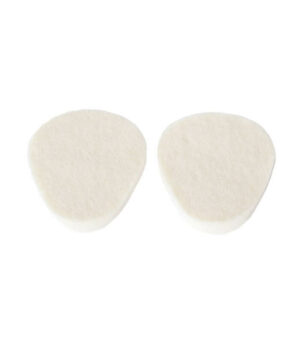Walking on blacktop or concrete is a generally predictable experience, as far as the foot and ankle are concerned. Since these surfaces are mostly flat, the numerous joints in the foot and ankle become aware of moving within limited ranges of motion.
However, the foot and ankle undergo a different, less predictable experience the moment a walker decides to go off-road. Here, these same body parts will be called upon to keep the walker upright and moving forward while simultaneously adapting to ground surfaces that at one moment will require large amounts of pronation, and in the next step require large amounts of supination.
Here is where we believe a problem exists. Many walkers are going off-road in their street shoes. And we don’t mean their dress shoes. They are often going off-road in footwear that is holding their foot in a manner that does not allow the many joints of the foot to spread out and adapt to an ever-changing ground structure.
Experiencing the full capabilities of the foot and ankle adapting to non-linear surfaces takes practice and time. It also requires wearing no footwear, or choosing footwear that does not restrict foot and ankle motion.
Unless you have grown up completely barefoot — which we are fairly certain most of you have not — then we recommend the latter. The challenge is finding appropriate shoes. Many footwear companies are capitalizing on the walking boom and making trail versions of their urban walking shoes.
The problem is that instead of making shoes that are more flexible and foot-shaped, they are making them more stiff, sturdy, and over-designed.
Off-road Footwear Should Offer the Following:
• Protection. Ideally this should involve a covering that goes over the entire foot and is snug over the ankle to keep rocks, twigs, and other trail debris from getting into the shoe.
• Traction. Soles that are smooth will be dangerous on loose and wet surfaces. A contoured sole with ridges and grooves will generally help provide better traction. The problem here is that these materials add extra weight, which is undesirable.
• Lightweight. Footwear that is light allows the walker to respond quicker to a changing ground surface.
• Flexibility. The closer a walking shoe is to a moccasin or a slipper, the more likely that shoe’s design will allow the joints of the foot and ankle to adapt to the trail surface. Most walking shoes currently available are not flexible.
• Foot shaped. There are three features built into footwear that stray from the natural foot shape, and they should be avoided:
1. Heel elevation. Soles should be completely flat.
2. Toespring. The ends of the toes should be flat and level with the ball of the foot.
3. Tapered toe boxes. The space allotted to the ends of the toes should be wider than the ball of the foot.
Leave us a comment below and tell us your favorite minimal hiking shoe!
*Article written by Dr. Ray McClanahan and Glenn Ingram
*As printed in Walkabout Magazine, Issue 24


